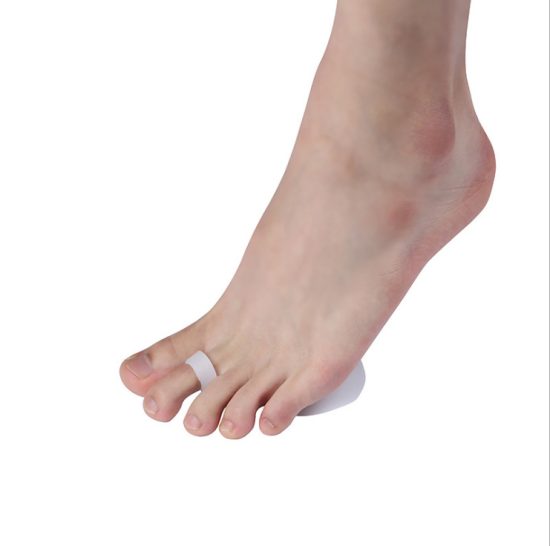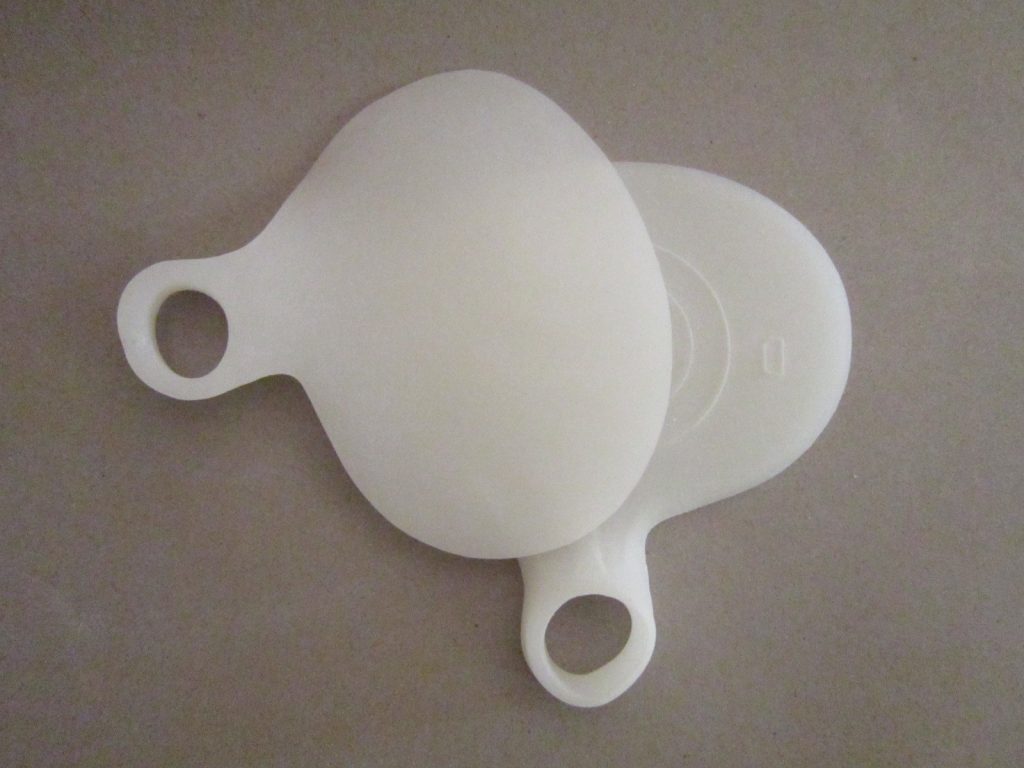Insoles can help prevent the formation of calluses by distributing weight more evenly across the feet and reducing pressure on certain areas. For example, if a person tends to put more pressure on the ball of their foot while walking, an insole with extra cushioning in that area can help reduce friction and prevent the formation of calluses.
On the other hand, poorly designed or fitted insoles can actually contribute to the formation of calluses. If an insole is too loose or too tight, it can cause the foot to slide or rub against the inside of the shoe, leading to increased friction and pressure on certain areas of the foot. Over time, this can cause calluses to form.
In addition to the design and fit of the insole, the material it is made from can also play a role in the formation of calluses. Insoles made from soft, cushioned materials such as foam or gel can help absorb shock and reduce pressure on the feet, while insoles made from harder materials such as plastic or leather can cause increased friction and pressure.
Overall, the connection between shoe insoles and calluses is complex and depends on a variety of factors. However, by choosing properly designed and fitted insoles made from appropriate materials, it is possible to reduce the risk of calluses and promote overall foot health.



